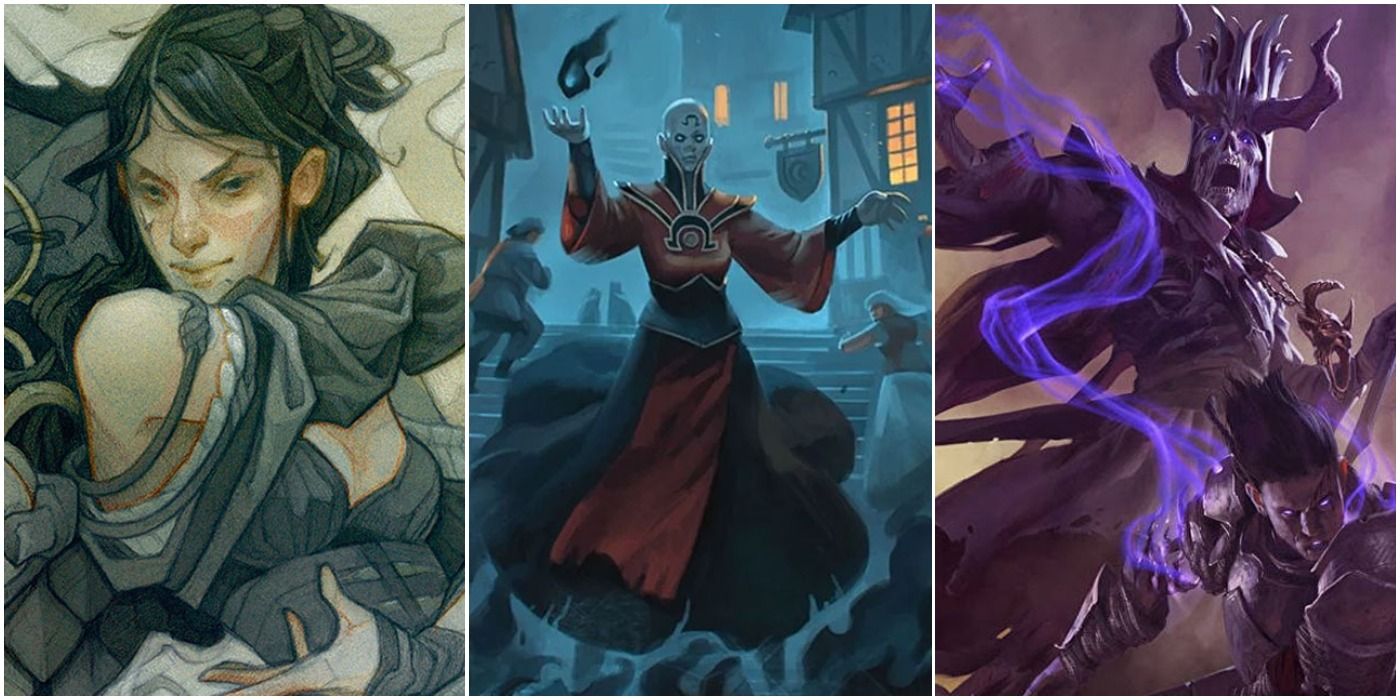
The school of necromancy in Dungeons & Dragons is one of the more dangerous schools of magic. With spells that can manipulate life and death, wizards that specialize in this school of magic are called necromancers. Necromancy spells can be used for saving lives and can cause life-draining necrotic damage.
RELATED: Dungeons & Dragons: Most Useful Warlock Spells
Necrotic damage is dangerous for players and their enemies as it is one of the most often unresisted damage types in Dungeons & Dragons. With so few things being resistant to this type of damage, it's no wonder that some of the spells can deal devastating amounts of damage. Whether casters are creating armies of zombies or cursing their foes necromancy spells are a force to be reconned with.
10 Toll the Dead
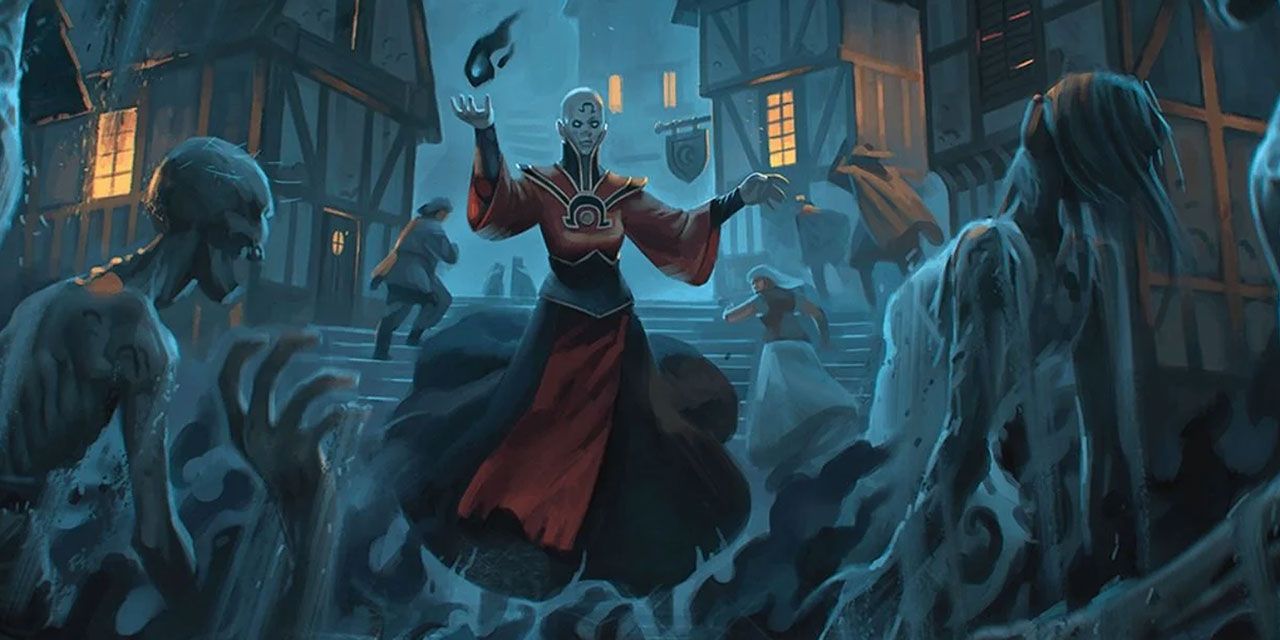
One of the best damage dealing cantrips in Dungeons & Dragons, Toll the Dead fills the air around an enemy with haunting bells. If the target fails their wisdom saving throw, they take 1d8 necrotic damage.
If the target happens to be missing any of its hitpoints it instead takes 1d12 necrotic damage. Another great thing about Toll the Dead as a cantrip it scales with the player's level up to a maximum of 4d12 damage at the seventeenth level.
9 Spare the Dying
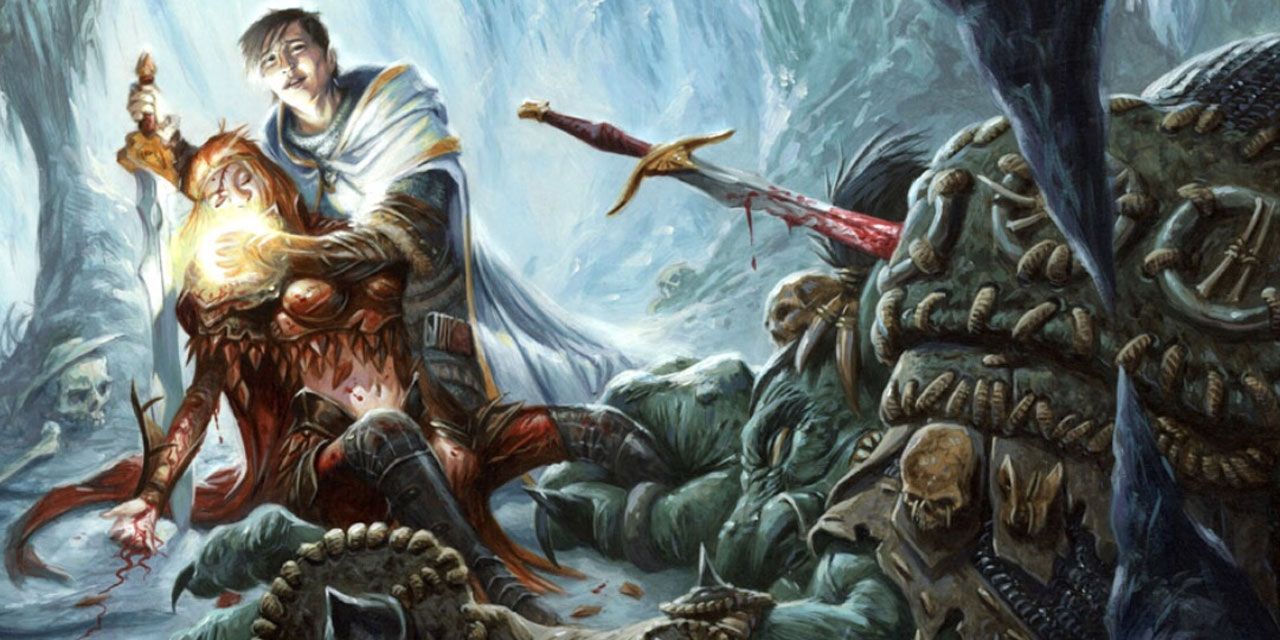
As a cantrip Spare the Dying has limitless value for players. Casters can stabilize a creature they can touch, possibly preventing them from dying. This is a skillset normally only possible if players have access to a healers kit or can perform a successful medicine check.
RELATED: Best Healing Spells In Dungeons & Dragons 5e, Ranked
Spare the Dying requires no ability check, and unlike a healers kit, it has limitless uses. The spell only requires verbal and somatic components, which means it can be cast without concentration or material components.
8 Inflict Wounds

Inflict Wounds is one of the best damage dealing first-level spells in Dungeons & Dragons. This spell can be made as a melee attack roll, meaning it has the possibility to critically hit a target.
On a hit the target takes 3d10 necrotic damage, however, this spell can be upcast to increase that amount. Inflict Wounds does not require any material components, therefore freeing up melee casters to add in additional attacks or carry a shield in their offhand.
7 Revivify
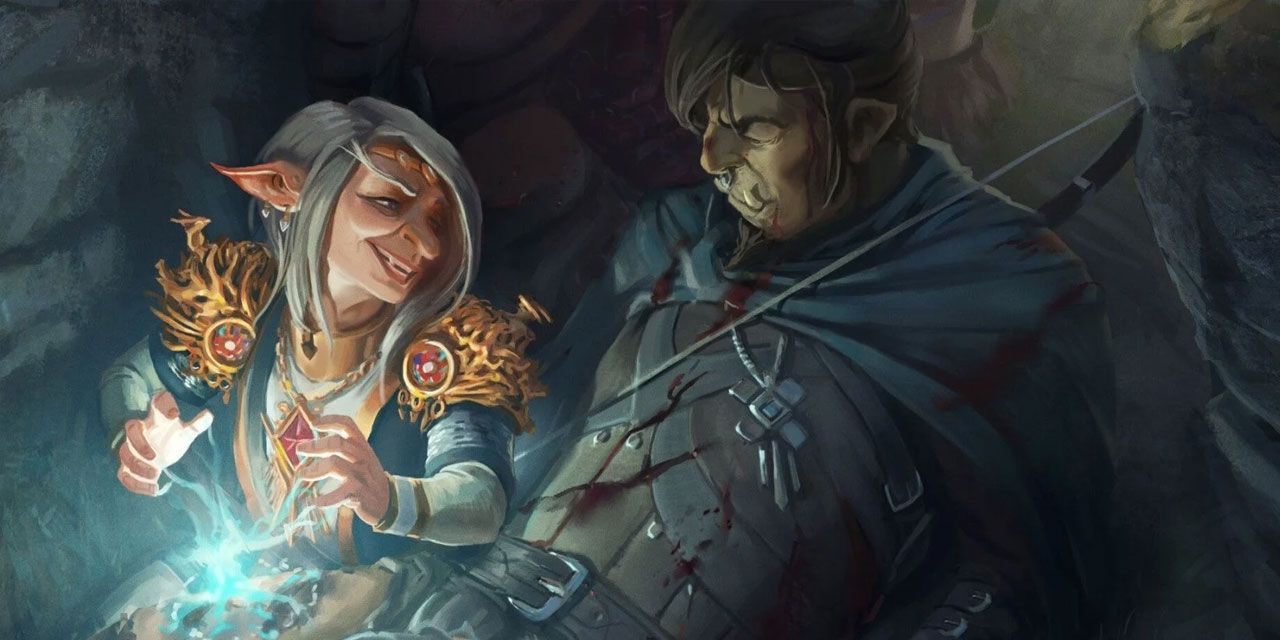
This spell changes the entire game when players can access it. While other spells only restore hit points or stabilize a creature from dying, Revivify can resurrect them. There is a limit, being that this can only be used within one minute after the target has died.
With several monsters in the game that can kill an adventurer in a single attack, revivify becomes a necessity. The great thing about revivify is that there is no limit to how many times it can be cast on a single creature. Inventive players with access to this spell can get very creative with its application.
6 Bestow Curse
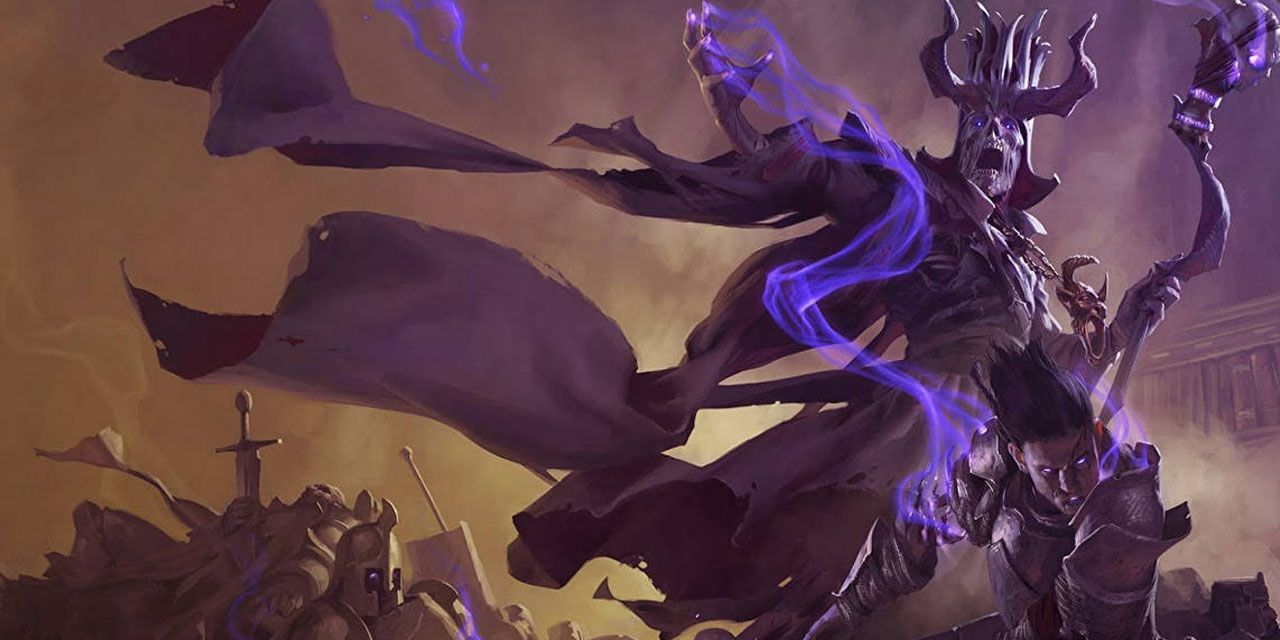
One of the few debuff necromancy spells in Dungeons & Dragons is Bestow Curse. Bestow Curse has incredible versatility in the way that curses can be bestowed on a target. If the target fails a saving throw they suffer the full effect of the curse for the duration.
RELATED: Dungeons & Dragons: The Best Wizard Schools ( & The Worst)
Unlike other upcast spells, this Bestow Curse gains a longer duration at higher levels of casting. At the fifth level, the concentration requirement is removed. At the ninth level, this spell becomes permanent until it is dispelled.
5 Danse Macabre
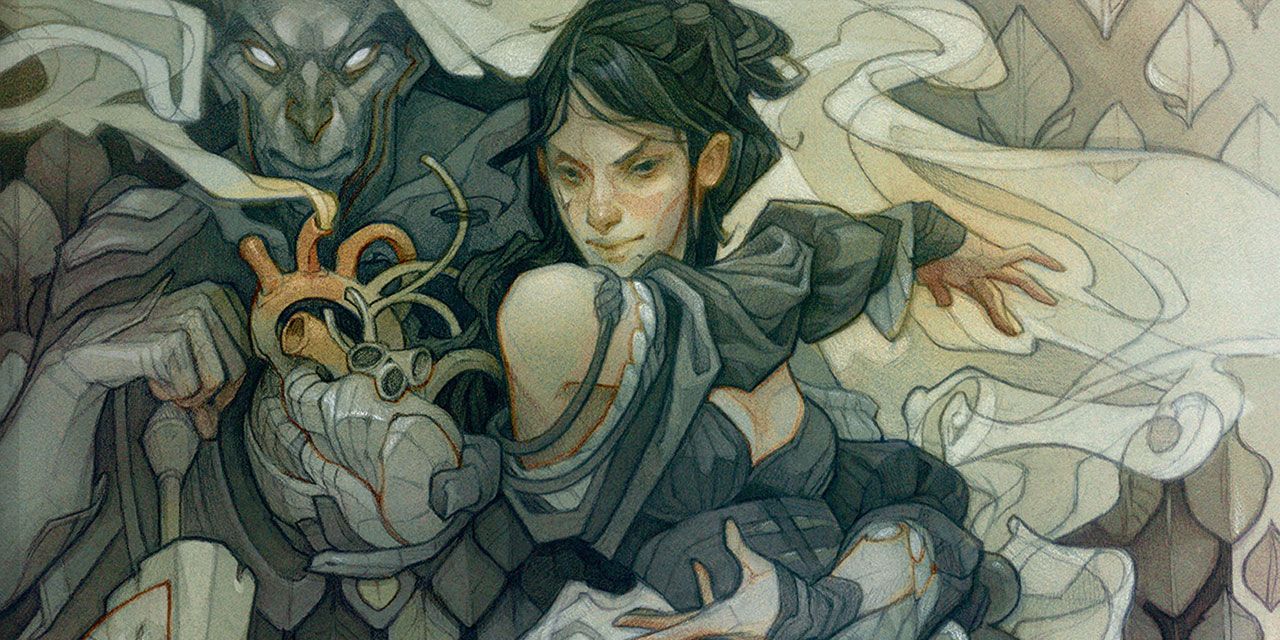
Being able to animate the dead and creating undead are amazing options for a necromancer. Danse Macabre allows the caster to create up to five powerful undead with a single spell. At higher levels, this spell can animate even more corpses.
These can be corpses of any kind, so long as they are small and/or medium in size. The corpses are then reanimated into the caster's choice of skeletons or zombies. They can then use the caster's spellcasting modifier for their attack and damage rolls. The player controlling them can give them commands as a bonus action, which can be maintained for up to an hour with concentration.
4 Eyebite
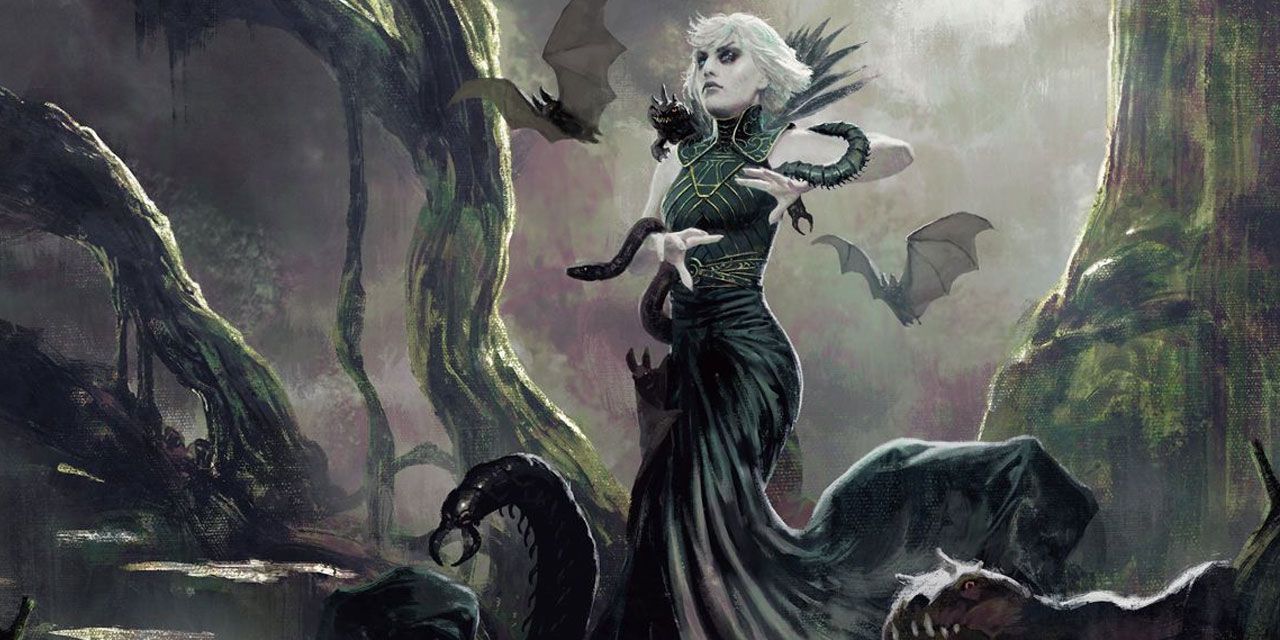
Eyebite allows the caster to choose between three effects that can strike dread into any enemy. If the caster chooses to inflict Asleep on the target, the target will fall unconscious.
Another option the caster can choose is to inflict Panicked, which causes the target to become frightened. On each of its turns, the creature has to take a dash action to move away from the player. Lastly, the player can inflict Sickened on a target. This forces the target to roll at disadvantage on attack rolls and ability checks. On each turn, players can use their action to target another creature, however, if that creature succeeds on a saving throw they can not be targeted again.
3 Finger of Death
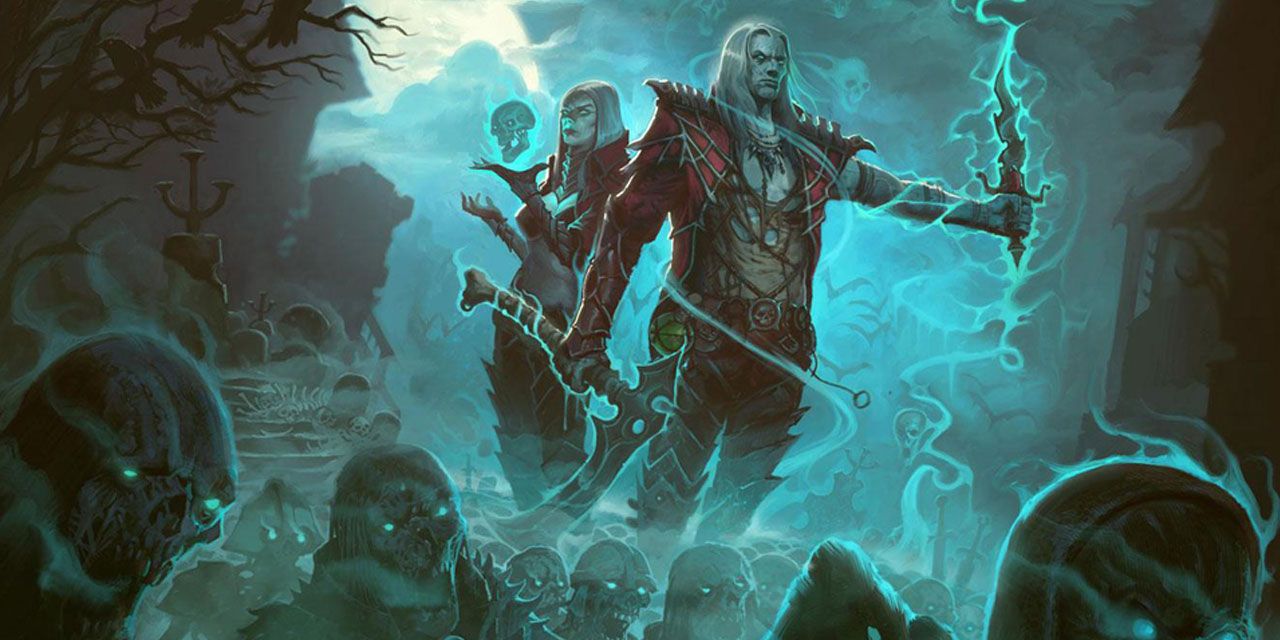
This often-overlooked spell is one of the best in Dungeons & Dragons. Finger of Death requires no material components and has a sixty-foot range. The range means a caster can safely avoid direct melee combat, and still deal a lot of damage.
RELATED: Dungeons & Dragons: Most Useful Campaign Settings For Your Game Table
The spell deals 7d8 plus 30 necrotic damage if the target fails its constitution save and half that on a successful one. If that isn't enough if the caster kills a humanoid creature with this spell that creature becomes a zombie permanently under the control of the caster. This can create entire armies of zombies. A special note with rules as written a caster could use True Polymorph on the zombie and whatever they polymorph into would still be completely under the control of the caster.
2 Clone
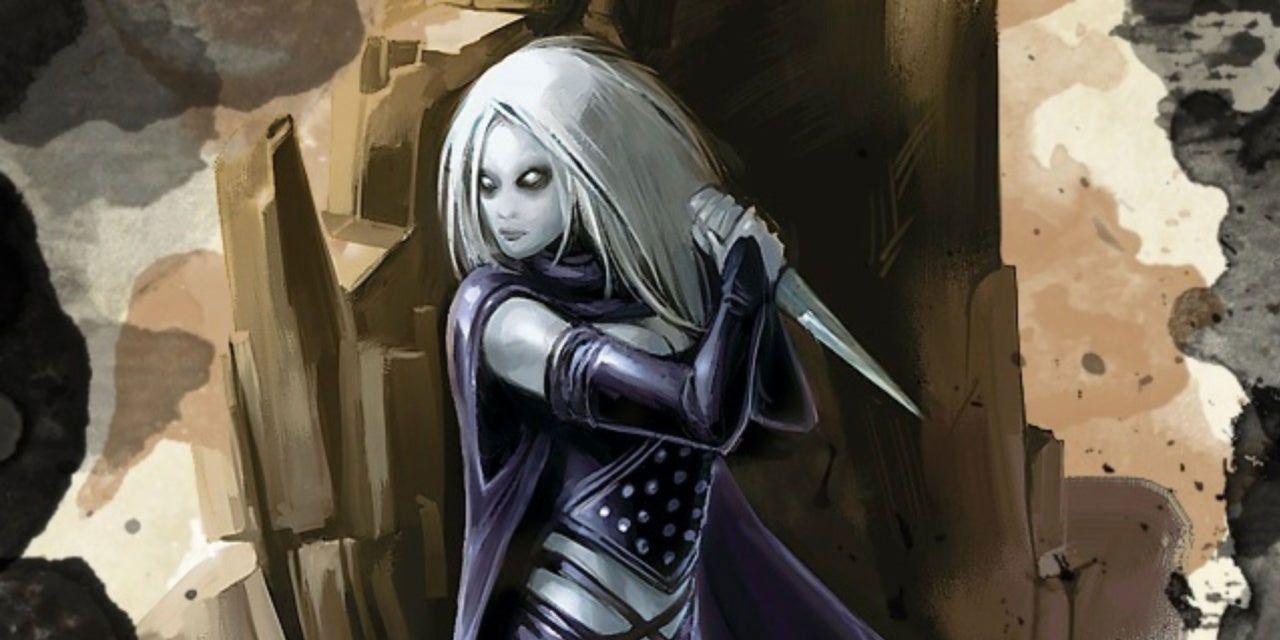
Clone is a great spell for mitigating the effects of a character or favorite NPC death. After the spell is cast any time the original person dies and their spirit is severed from their body, the spirit manifests into the clone.
Instead of a party member having to roll a new character, the clone can now be controlled by that player. The clone is physically identical to the character, has the same personality, memories, and abilities. The clone does not gain any of the character's equipment, however, if the body hasn't been disintegrated they can just go loot their old body.
1 True Resurrection
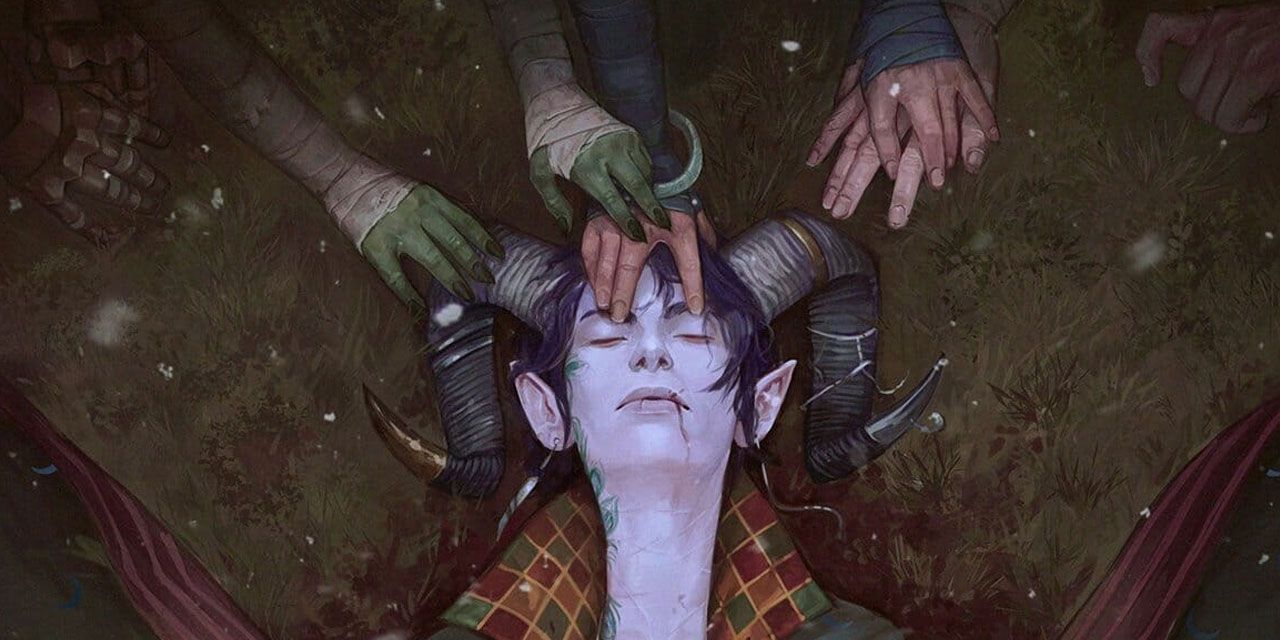
Though this spell has a material cost of 25,000 gold, the restorative power it has is well worth it. Not only can this spell revive humanoids it can revive any creature that has died within the last two centuries. The exception being if the creature died of old age.
True resurrection is so powerful that even if the creature's body no longer exists, a new one will be provided. If the body does exist all wounds are healed, poisons are neutralized, and curses are lifted. Unlike a regular resurrection spell, there are no drawbacks to True Resurrection. This also means players shouldn't rely on killing off important figures in their backstories, with resourceful DMs.
NEXT: Must-Have NPCs In Dungeons & Dragons Lore To Make Your Campaign Awesome

